FTZs

The U.S. foreign-trade zones program was created by the Foreign-Trade Zones Act of 1934 during President Franklin D. Roosevelt’s administration. It was amended in 1950 under Harry S. Truman’s administration and really came into play with global trade in 1984 under the Reagan administration. Today, there are over 230 foreign-trade zone projects and nearly 400 sub zones in the United States, all within or adjacent to the ports of entry. Every state has at least one port of entry, and there are 314 ports of entry categorized by 19field operations offices which they report to. These FTZs are there to eliminate and/or reduce tariff burdens on the importation of foreign inputs and on exported finished products. The cost savings can be substantial relevant to: duty exemption, duty deferral, duty reduction, invited tariff, merchandise processing fee, streamlined logistics, quota avoidance, and direct delivery. BLG has experts regarding the establishment and administration of FTZs.
So You Just Hit a Wall

You discovered a wrong classification on product in the supply chain and you must decide whether or not to file a Prior Disclosure. If you go down this road, you’d better keep your friends and employees close and your enemies even closer because there is a nice size cash reward via customs for whistleblowers. If they find out, it’s classified as intentional, and the penalties are now multiplied by 10x the original amount. Why not come clean and use the Prior Disclosure as the mitigation tool that it was meant to be. You’ll sleep better anyway. BLG can help with Prior Disclosure which we file on a regular basis. Global Trade Compliance is what we do.
CF-28
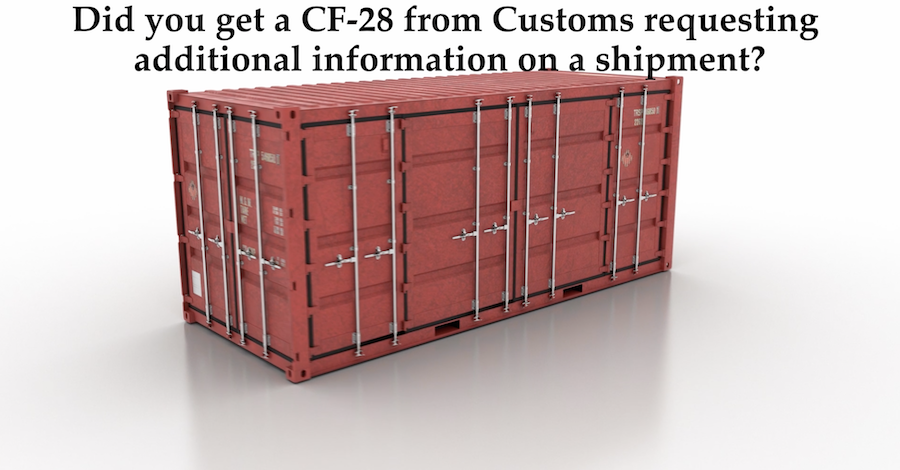
Did you get a CF-28 from customs requesting additional information on a shipment? You only have 30 days to respond. Hopefully all necessary documentation will not have been sucked into the proverbial big black hold of missing information. The Importer of Record (IOR) has responsibility. If you case is bumped to a CF-29 mitigation strategies may need to be implemented, not to be confused with a next stop CF-30 which is from the State of California Health and Human Services Agency California Department of Social Services SAR 7 reminder notice. It may behoove you to internally publish best practices as laying the groundwork to be proactive is a much better plan of action via an import manual for all to follow. BLG can create the blue print specific to your business and can also provide customized training.
FTA and Benjamins
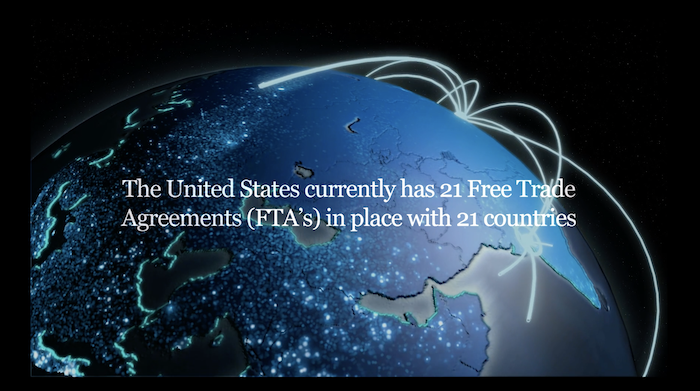
The U.S. currently has 21 Free Trade Agreements (FTA;s) in place with 21 countries, providing you with the leverage for your exports to compete in the global marketplace through zero or reduced tariffs, among other benefits. Do you know how to qualify? BLG can help you follow the Benjamins, all the way to your bottom line. Global Trade Compliance is what we do.
Aerospace and BCG
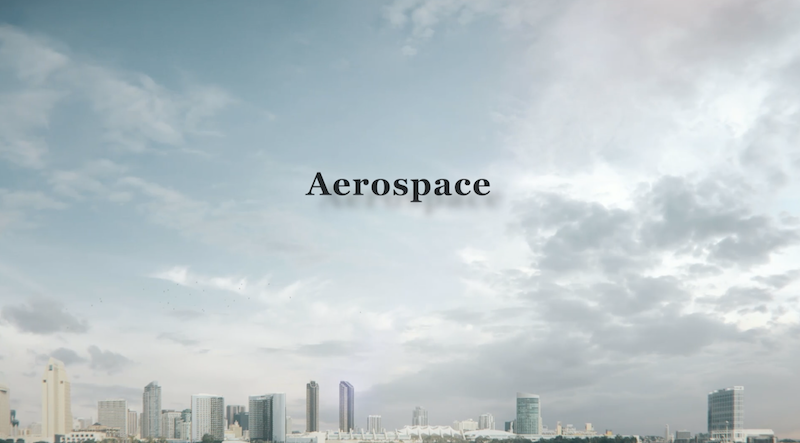
Aerospace consistently ranks among the top U.S. export industries (USEI’s) and is governed by very stringent export controls (EC’s) populated by regulations regarding ITAR, EAR, USML, CCL and ultimately the correct ECCN. Our colleagues in the sector know these acronyms well, possibly making you want to consistently TRLV (take really long vacations). At BLG we have decades of experience in this particular sector regarding GTC (Global Trade Compliance).
Free Trade Agreements
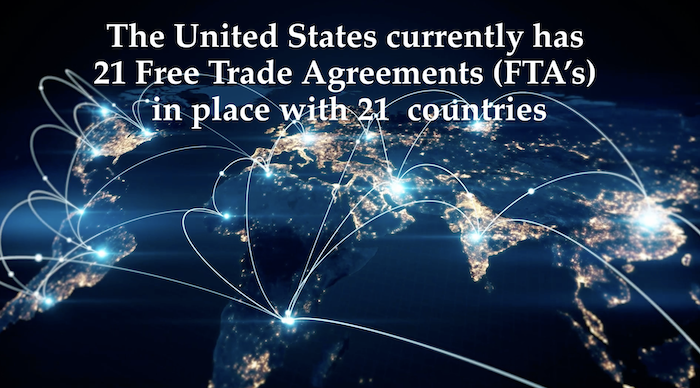
The U.S. currently has 21 Free Trade Agreements (FTA’s) in place with 21 countries and you may not know which ones apply to your business. It could be Australia, Bahrain, Canada, Chile, Columbia, Costa Rica, Dominican Republic, El Salvador, Guatemala, Honduras, Israel, Jordan, Korea, Mexico, Morocco, Nicaragua, Oman, Panama, Peru, Singapore, Japan. We can assist you to qualify. Global Trade Compliance is what we do at BLG.
Light Years from China
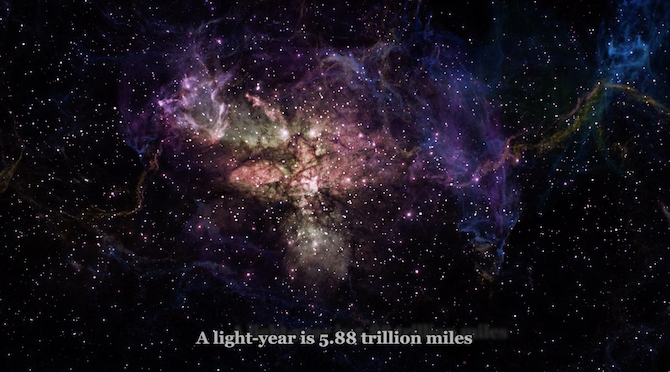
A light year is 5.88 trillion miles and using the latest man-made vehicle, NASA’s Juno spacecraft traveling at 165,000 mph it would take 2,958 years to travel a light year. A cargo container traveling by ship from the Port of Shanghai, China to the Port of Los Angeles is 19,270 nautical miles and traveling at 10 knot, it takes 12-21 days. It just seems like 2,958 years if it’s your product onboard. Ever think of manufacturing in Mexico as an alternative? BLG has IMMEX experts onboard our ship. We love the science behind Global Trade Compliance.
To Err is Human

So you made a mistake and use the wrong classification code on your imports for the last year. To err is human and besides, we are not the most intelligent beings in the universe. Unfortunately customs does not take that into consideration. If you need a Prior Disclosure BLG can assist.
20 Foot Box
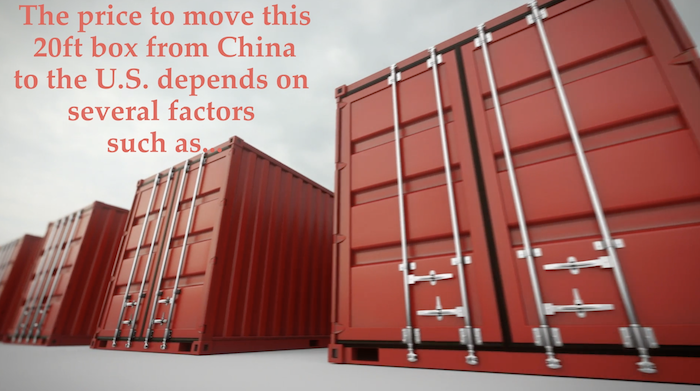
The price to move a 20 foot shipping container from China to the U.S. depends on several factors such as the container type and condition, location of the port, supply and demand, market situation, and the shipping route. The price does not include any section 301 tariffs, and potential forced labor issues. This makes one wonder if manufacturing in Mexico would make more sense with an IMMEX. We have Mexico Legal Counsel who say it would.
Our World View
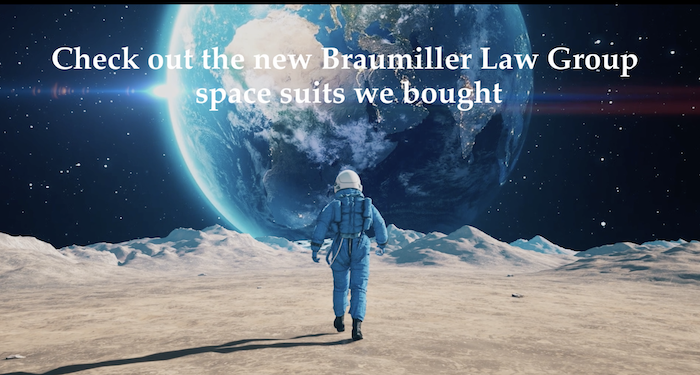
Check out the new Braumiller Law Group space suits we bought. Our view of the world is still pretty positive. It’s amazing how interconnected all of the economies of the world are regardless of conflict. Imagine the potential of world trade without conflict. What a beautiful world it would be. Global Trade Compliance is what BLG does.
